TAG’s cofounders —Moises Agosto-Rosario, Lynda Dee, Joy Episalla, Charles Franchino, Garance Franke-Ruta, Kevin Frost, Gregg Gonsalves, Mark Harrington, David Hollander, Barbara Hughes, Mike Isbell, Rich Lynn, Robert Monteleone, Laura Morrison, Luis Santiago, Bruce Schackman, and Peter Staley among them — founded TAG in the conviction that it was essential to form a community organization with a full-time focus on speeding up AIDS research, advocating for increased funding, and ensuring that people with HIV and at risk for it had access to and information about treatments that could save their lives.
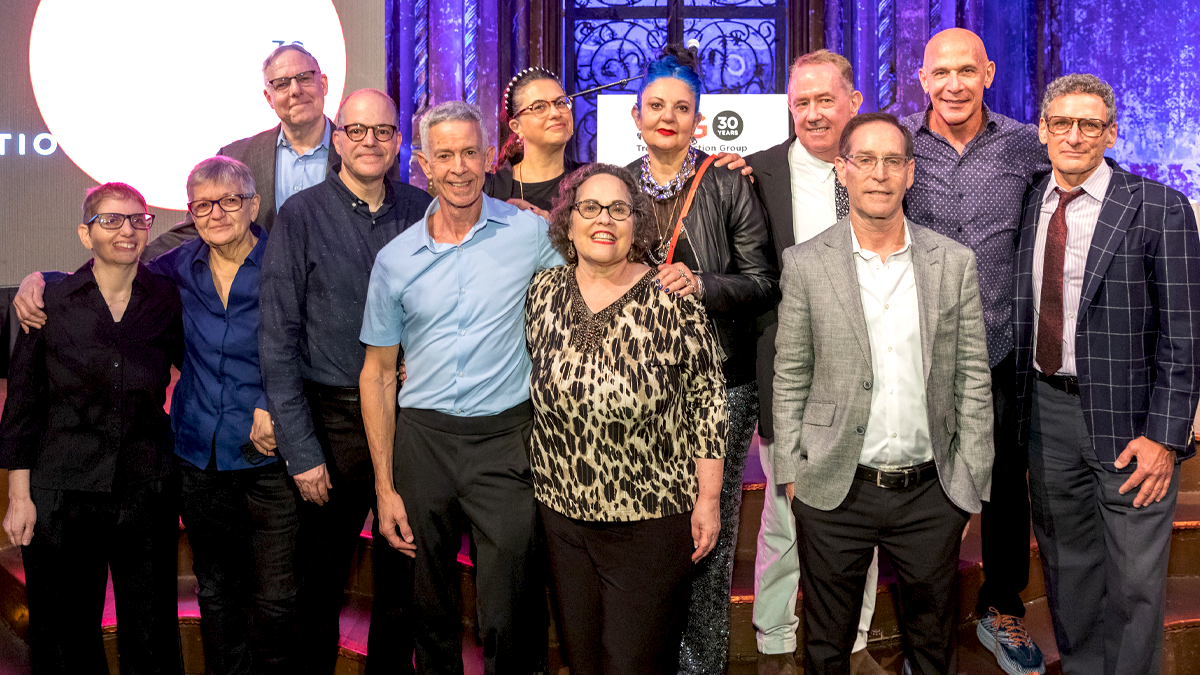
Treatment Action Group had its origins in the AIDS activist organization, ACT UP (the AIDS Coalition to Unleash Power)/New York. In January 1992, members of the Treatment and Data Committee of ACT UP left ACT UP to create a nonprofit organization focused on accelerating treatment research.
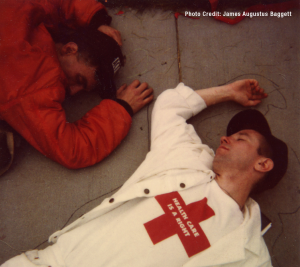
Mark Harrington participated in a “die in” during a pre-TAG 1990 ACT UP demonstration at NIH headquarters in Bethesda.
In those dark days at the height of the AIDS crisis, few could have imagined just how much TAG would help to revolutionize the field. In its early years, TAG pushed to overhaul clinical trials to produce quicker and more reliable answers about whether new drugs and combinations actually worked. TAG members advocated with government scientists, drug company researchers, and FDA officials to speed the development of new HIV therapies. The group produced an influential policy report on government investment in basic science, which recommended increasing funding to the U.S. National Institutes of Health and reorganizing the national AIDS research effort.
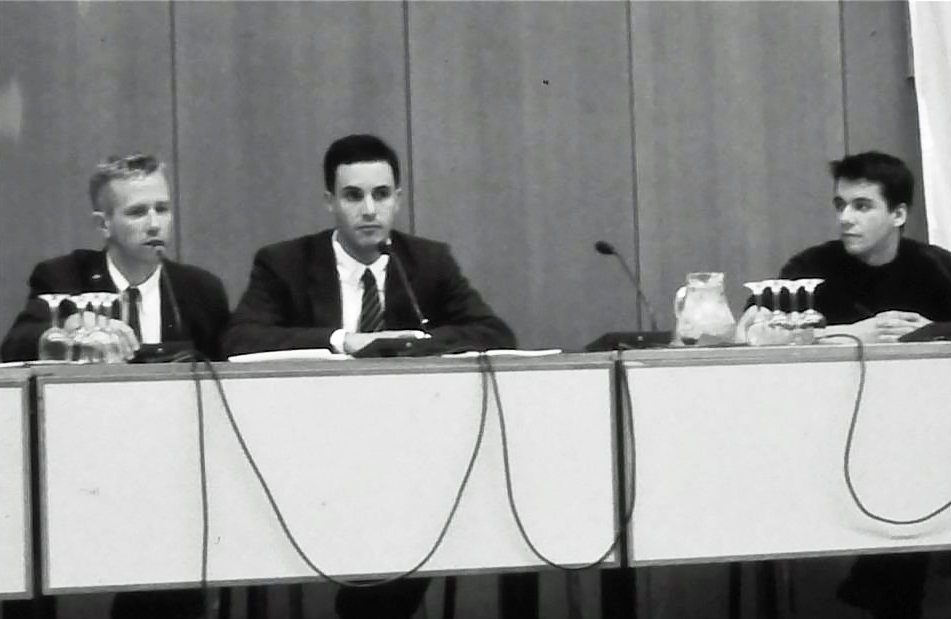
TAG co-founders Mark Harrington, Gregg Gonsalves, and Spencer Cox launch TAG’s “AIDS Research at the NIH: A Critical Review” at the VIII International Conference on AIDS, Amsterdam, July 22, 1992.
By 1996, that activism led to the breakthrough discovery that combination HIV treatment could reduce viral load to undetectable levels, protecting health and prolonging life. Over the following decade, TAG fought alongside allies around the world to achieve universal access to affordable life-saving treatments everywhere they were needed, including in developing countries that are home to over 95% of people living with HIV.
Today, thanks in part to TAG’s efforts, over 40 HIV drugs and combination therapies have been approved by the FDA. Twenty-five million people with HIV around the world are now receiving combination treatment – but more than three decades after TAG’s founding, we still don’t have a cure or a vaccine for HIV.
In October, 2008, Prior to the 39th Union World Conference on Lung Health in Paris, TAG, STOP TB Partnership, and AIDES, held a TB/HIV Satellite Meeting, which brought together national TB and AIDS control program personnel, researchers, policy makers, funding agencies, and TB/HIV advocates. This photo shows Nobel Laureate Françoise Barré-Sinoussi (2nd left); with TAG’s first TB/HIV project director, Javid Syed; ED Mark Harrington; and Claire Wingfield, then coordinator of TAG’s TB/HIV Project.
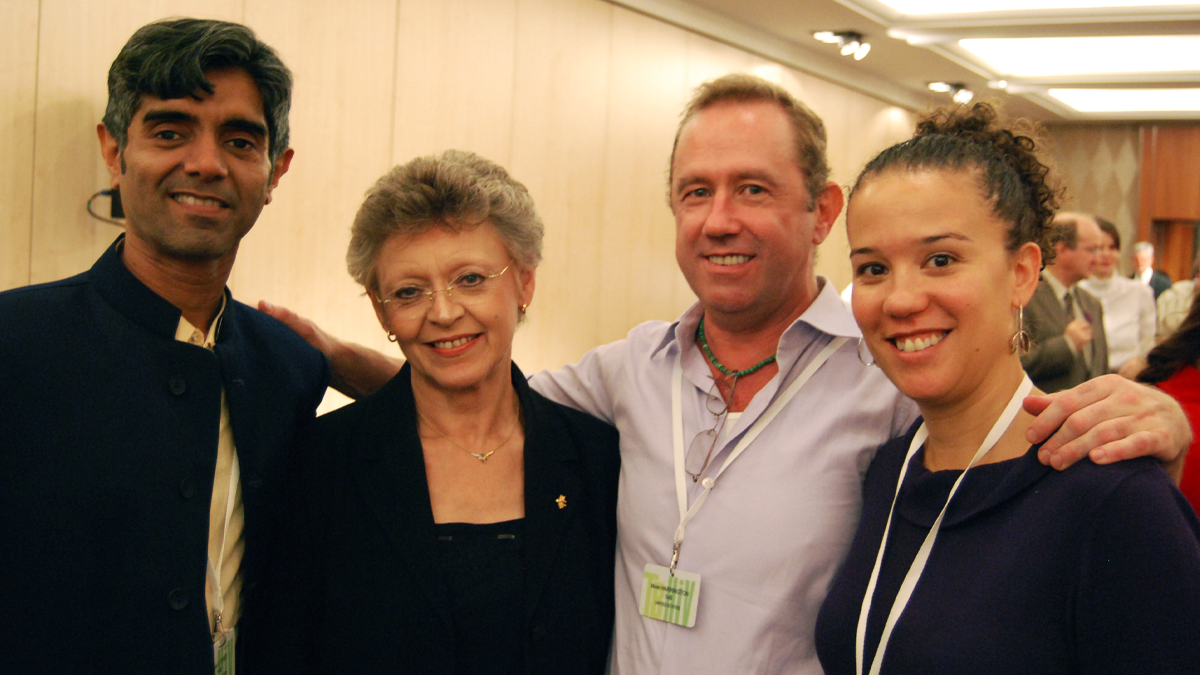
In 2002, TAG began raising awareness of the impact that tuberculosis (TB) was having on people with HIV in the developing world. In 2007, the organization received a $4.7 million grant from the Bill & Melinda Gates Foundation to foster increased international advocacy on TB/HIV research and treatment. Not long after this, we also began work on Hepatitis C (HCV).
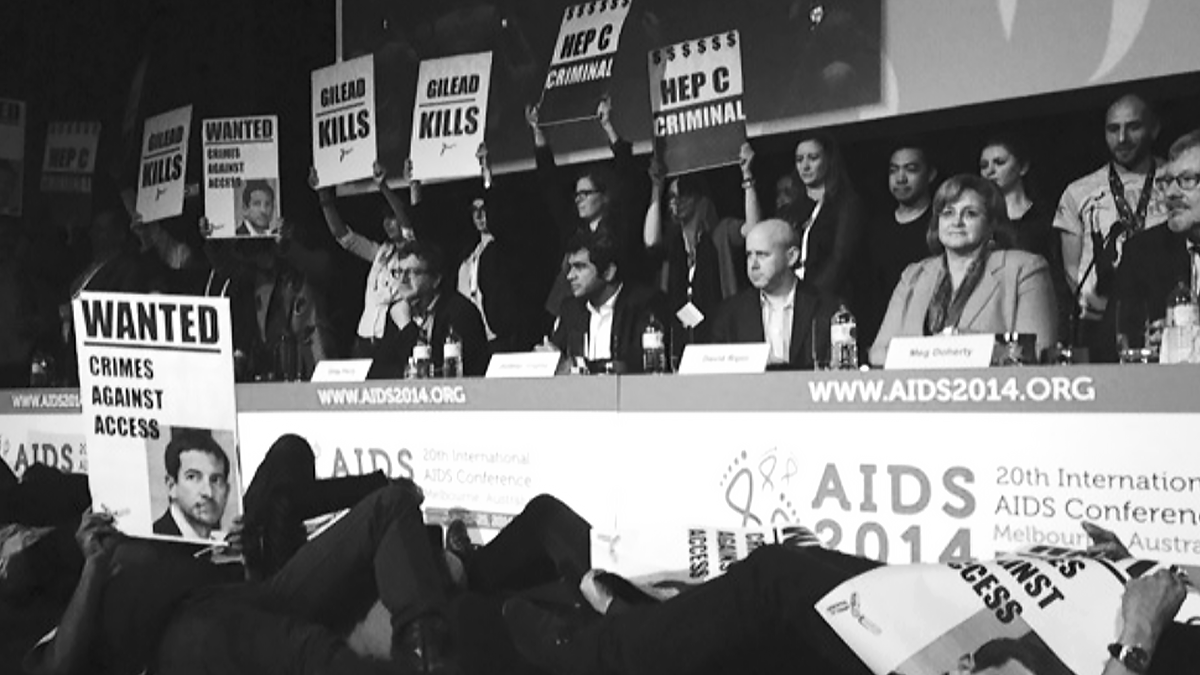
In 2014, TAG organized the first-ever meeting between hepatitis C treatment activists from low- and middle-income countries and pharmaceutical company representatives; worked with allies to produce a handbook of activist strategies to increase treatment access; and managed two global activist listservs. Staying true to its activist roots, TAG co-organized a demonstration at the International AIDS Conference to protest the high price of Gilead’s HCV treatment, and continued to get out the message in blogs and interviews.
2022 marked TAG’s 30th anniversary year, and we honored our three decades of action, advocacy, and achievements that transformed the lives and prognoses of people living with HIV, HCV, and TB. And we’re still standing by our mission, vision, and values as we move forward into our next decade. You’ll find more details about our work in this November 2022 TAGline article, “TAG at 30: Milestones.”
We couldn’t have made it this far without your dedication and support. Time and again you’ve advanced our work and our mission through solidarity and generosity. We hope you’ll continue that support as we move into our fourth decade.
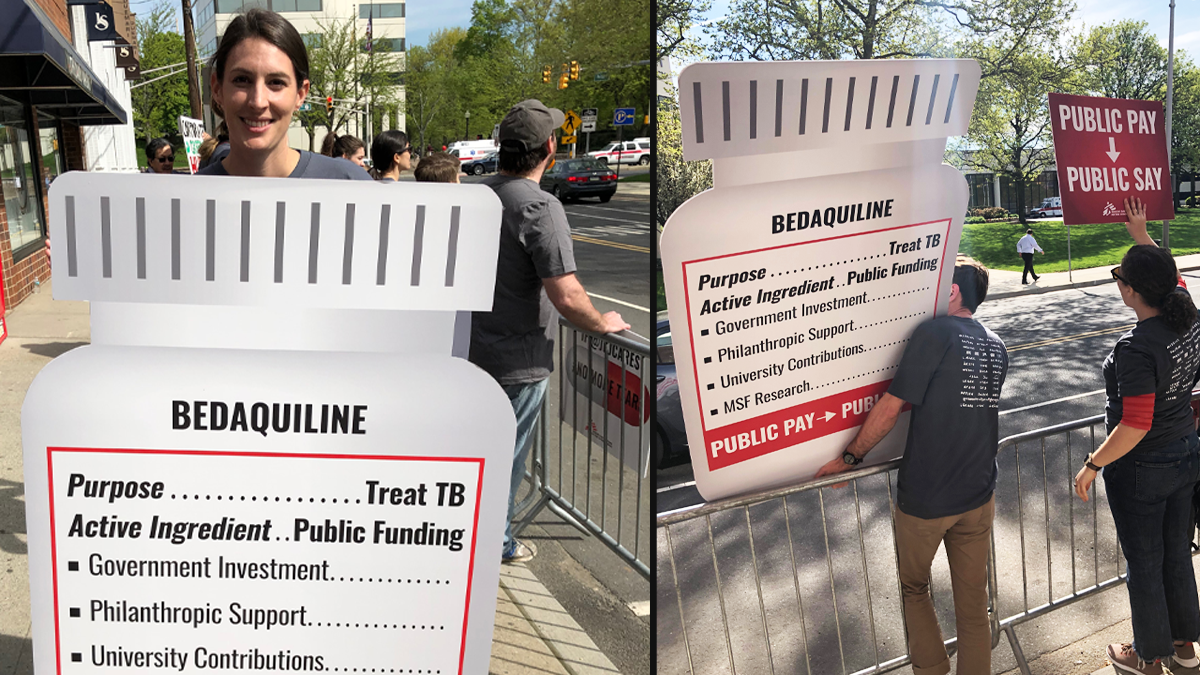
In 2019 TAG’s Lindsay McKenna was one of the activists demonstrating at J&J’s headquarters during a shareholders meeting. They were taking a stand against the public paying twice for TB drug #bedaquiline: first to develop it, and then to access meds. You can read more about it in our report, “Reality Check: The Price of Bedaquiline,” or listen to our TB CAB 10-Year Anniversary podcast.
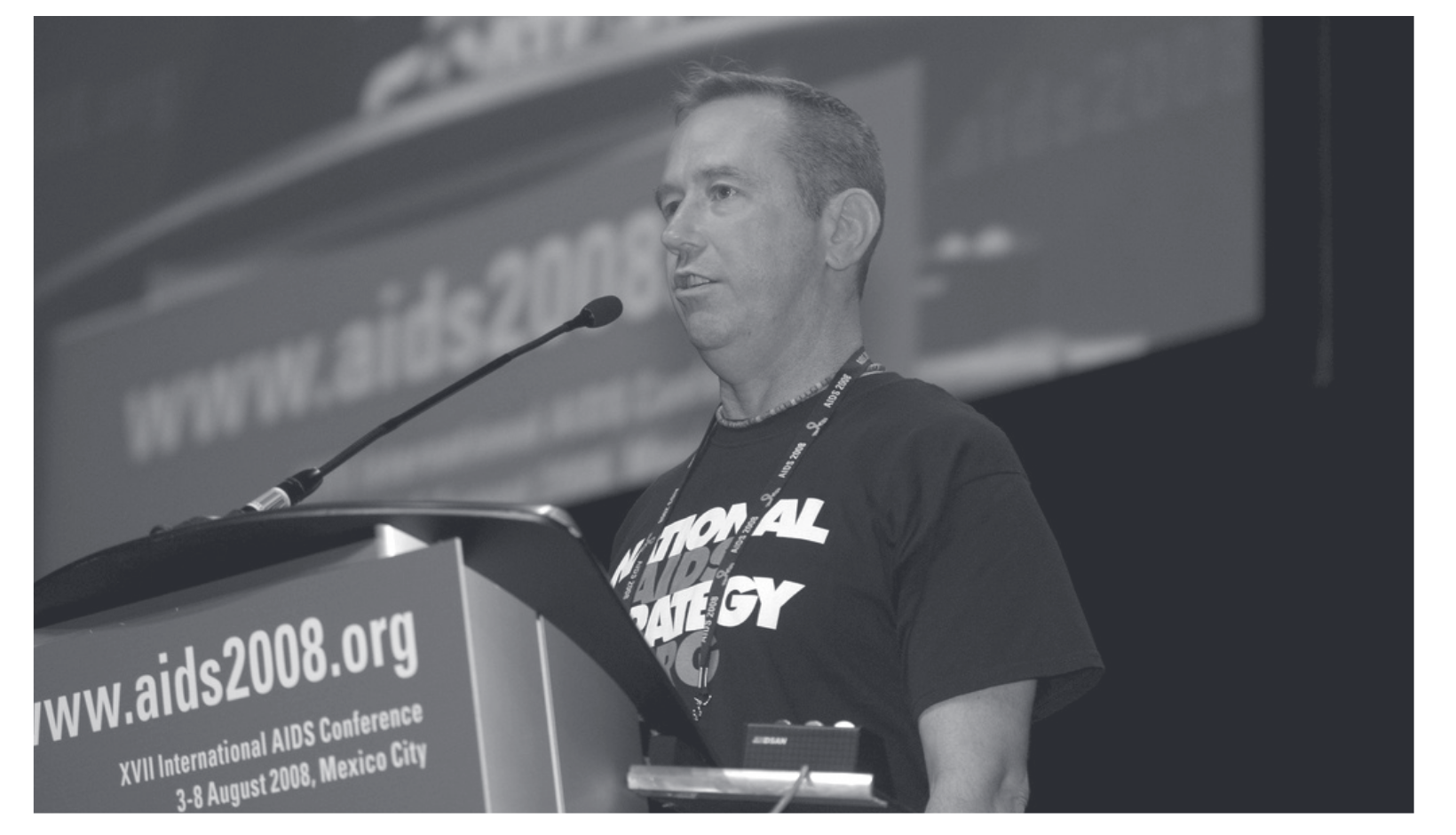
From TAG Update, December 2008: TAG executive director Mark Harrington addressed the XVII International AIDS Conference 2008 in Centro Banamex, Mexico City, August 8, 2008. Photo credit: International AIDS Society/Mondaphoto.
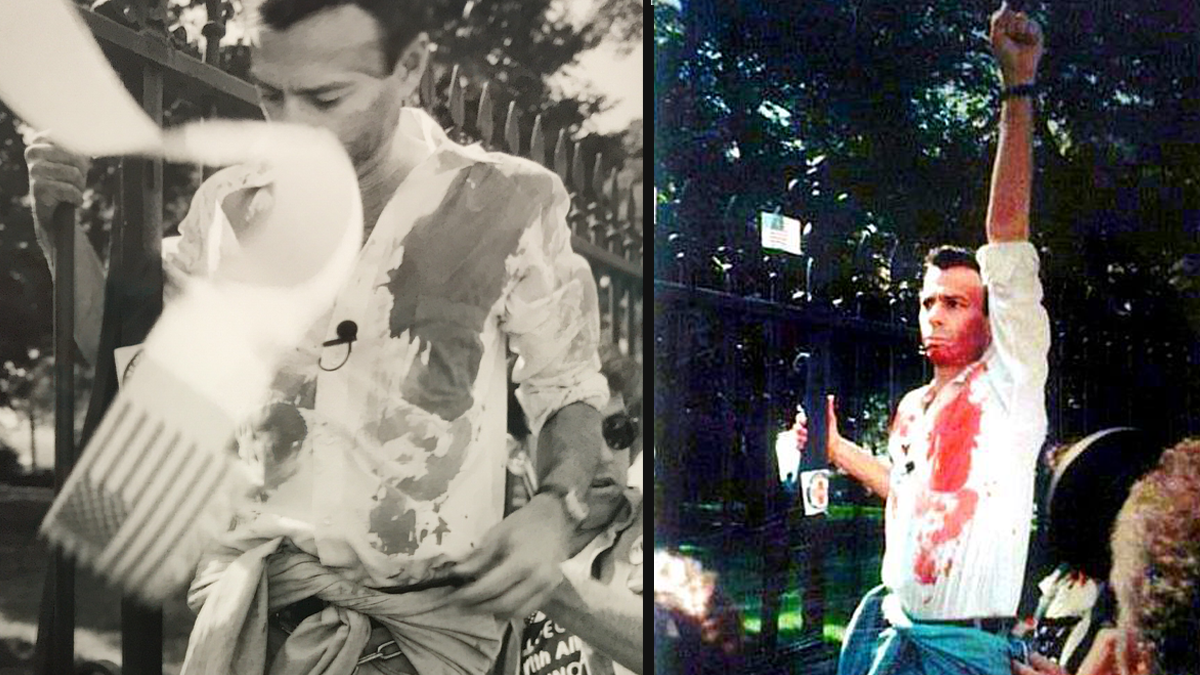
Photos of one of TAG’s founders, Bob Rafsky, when he chained himself to the White House fence in 1991; he was mic’d up for a news piece about his life. Unfortunately, Bob died in 1993, just a year after TAG was created. The first image was taken by Ben Thornberry, who donated the “A Testament to Action: ACT UP, 1999” collection.
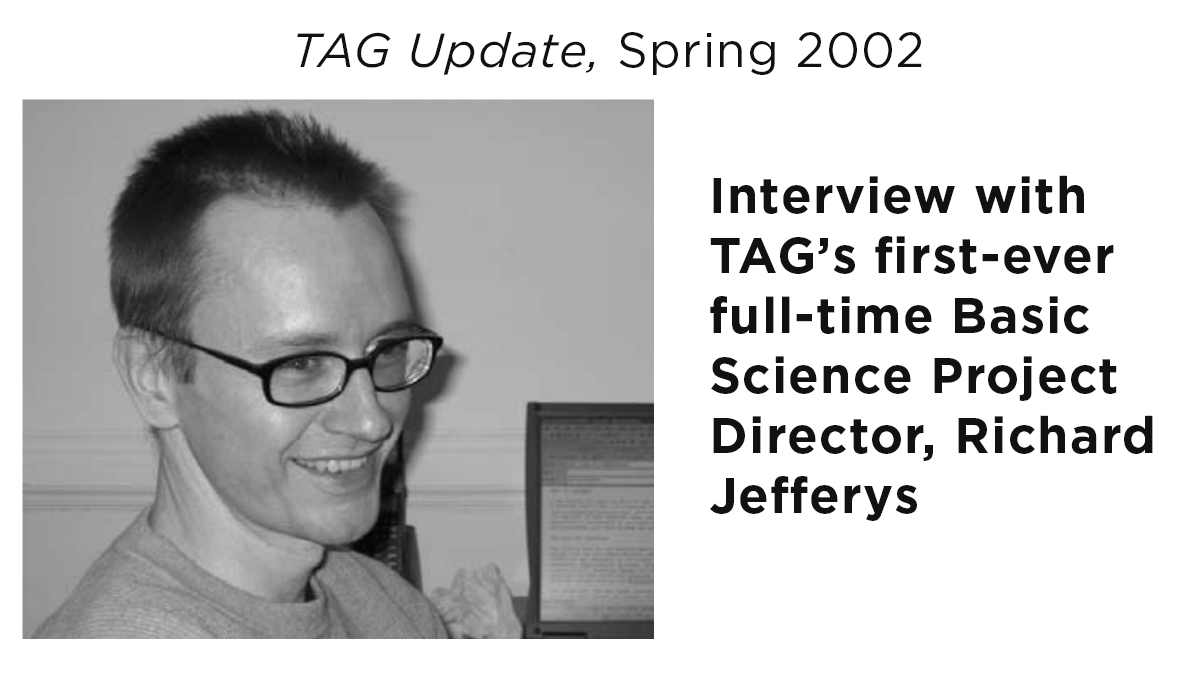
From TAG Update, Spring 2002: An interview with TAG’s first-ever full-time Basic Science Project Director, Richard Jefferys. Richard has been at TAG ever since, and is now Basic Science, Vaccines, and Cure Project Director.
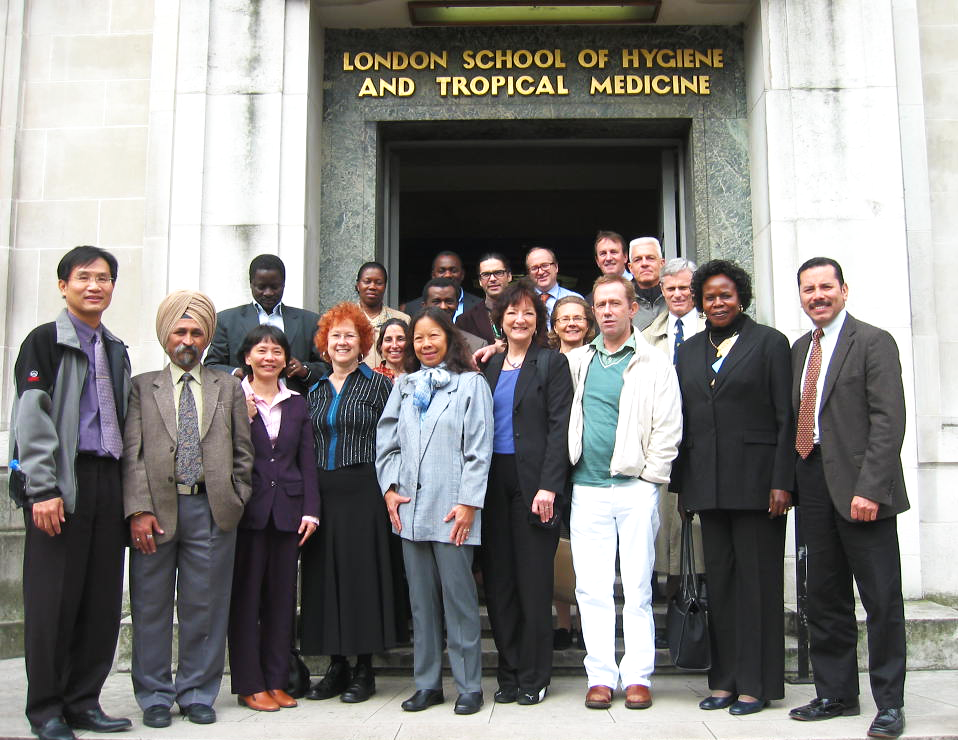
TAG’s ED Mark Harrington, (3rd from right front) in 2006 at the London School of Hygiene and Tropical Medicine. He was there to attend a meeting of the Core Group of the Stop TB Partnership TB/HIV Working Group (he was a member since 2003). Mark presented on HIV treatment literacy and how it could be applied to empowering communities affected by TB. Four years after this picture was taken, the Botusa trial of isoniazid preventive therapy reported results; TAG covered the WHO expert meeting on those results in this piece.
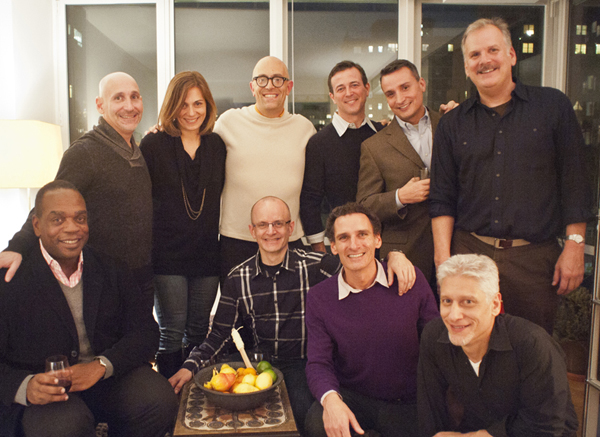
TAG board member Robert Monteleone hosted a reception for United for the Cure, a group of TAG donors led by Jim Aquino and Bob Bronzo, who banded together to commit $5300 a year for four years for TAG’s Accelerating Research to Cure AIDS Campaign. From left to right: Greig Sargeant, David Levine, Karen Bronzo, Bob Bronzo, Tim Ford, Michael Beltran, John Deyling. In front: Jim Aquino, Robert Monteleone, and Joe Lauretano. Members not in picture: Jefferson Rabb, Sunita Viswanath, Stephan Shaw, Jim Edwards, and Drew Hodges.
